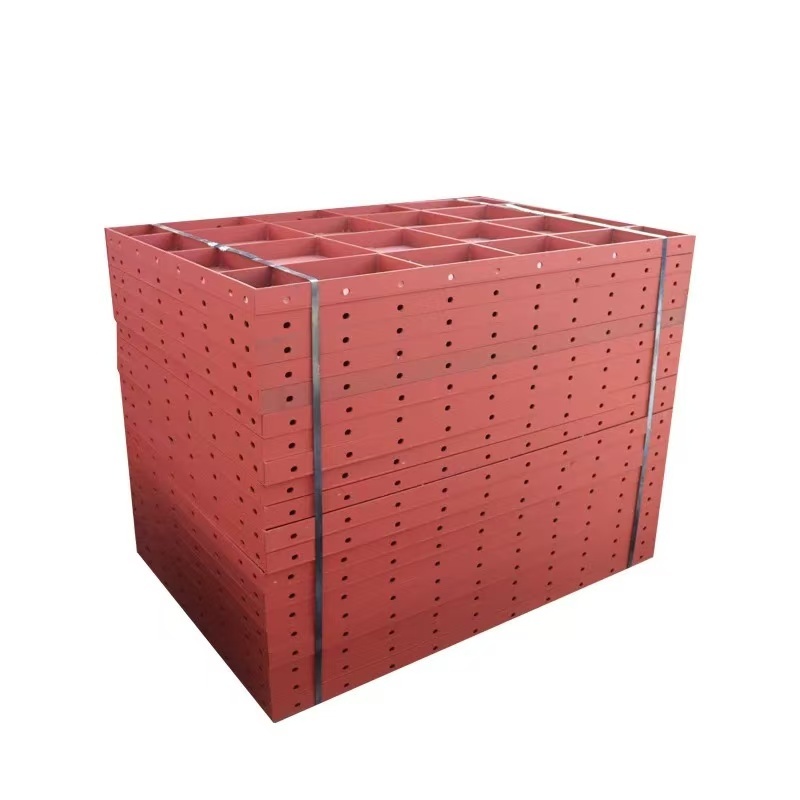The Essential Guide to Steel Formwork in Construction
Steel formwork, a crucial element in the construction industry, plays an indispensable role in providing support during the pouring and setting of concrete. Unlike traditional wood or plastic formwork, steel formwork is known for its durability and strength, making it a preferred choice for many large-scale projects. This article provides an overview of steel formwork, detailing its advantages, ap

One of the primary benefits of steel formwork is its strength. Steel can withstand high pressures and is less likely to deform under heavy loads. This is particularly important in high-rise constructions or projects requiring large volumes of concrete. The rigidity of steel formwork also ensures that the finished concrete structure achieves the desired shape and surface finish, minimizing the need for extensive post-pour finishing work.
Furthermore, steel formwork is reusable, making it a more sustainable option in the long run. With proper care and maintenance, steel forms can be used multiple times across different projects. This not only reduces material waste but also lowers overall project costs associated with purchasing new formwork for each job. The economic efficiency of steel formwork is compelling, especially for contractors engaged in frequent construction activities.
In terms of application, steel formwork is versatile and can be customized to fit various structural needs. It is commonly used in slab constructions, walls, and columns. Additionally, the ability to design steel formwork systems to specific project requirements allows for greater design flexibility and innovation in architectural projects.
Safety is another key factor where steel formwork excels. Its robust nature contributes to a safer work environment, reducing the risk of collapse during the pouring process. Moreover, the smooth surfaces of steel forms facilitate easier cleaning and maintenance, which is essential in ensuring that the equipment remains in good condition for future use.
When selecting steel formwork, certain considerations should be taken into account. The type of project, the volume of concrete, and the environmental conditions all play a role in determining the suitability of steel formwork. Additionally, the expertise of the construction crew in handling and assembling steel forms is crucial for maximizing efficiency and ensuring safety on-site.
In conclusion, steel formwork is a valuable resource in the construction industry, offering numerous advantages such as strength, reusability, versatility, and safety. Its application can significantly enhance the efficiency of construction projects, making it a wise choice for builders and contractors looking to optimize their workflows. As the construction industry continues to evolve, steel formwork remains a vital component in achieving high-quality concrete structures.
Key words:
PREVIOUS:
PRODUCT SEARCH
Search And Quickly Find The Products You Need
With advantages in technology, quality, and service, the company is steadily advancing in the industry, continuously providing high-quality hydraulic rubber products and services to global customers, demonstrating strong development potential and broad market prospects.









